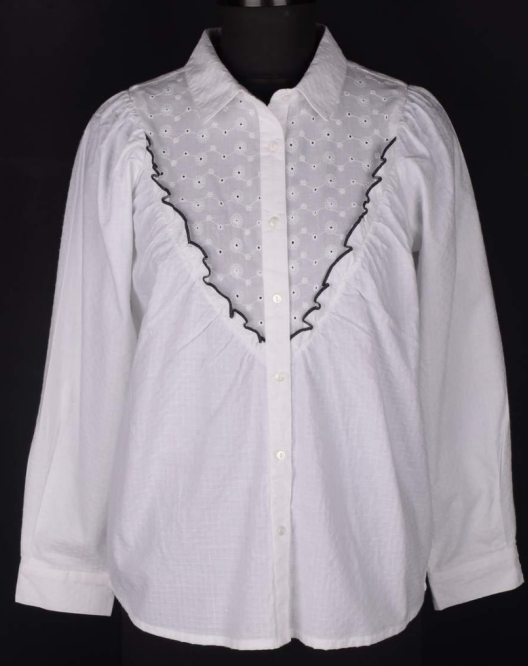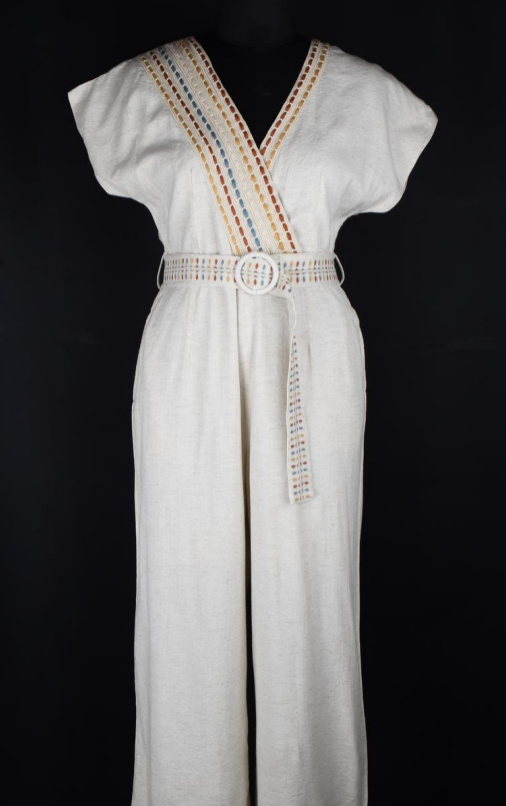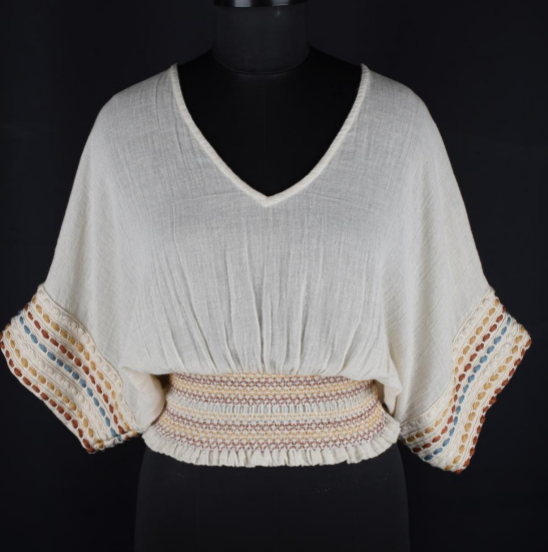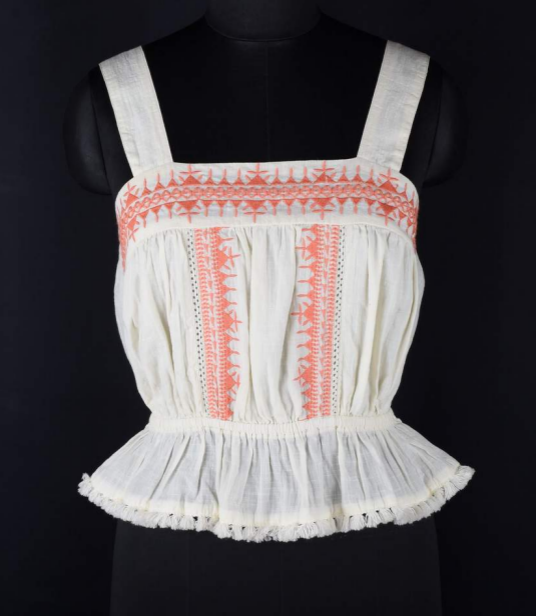An Inside Look Into The Dress-Making Process From Concept To Final Creation
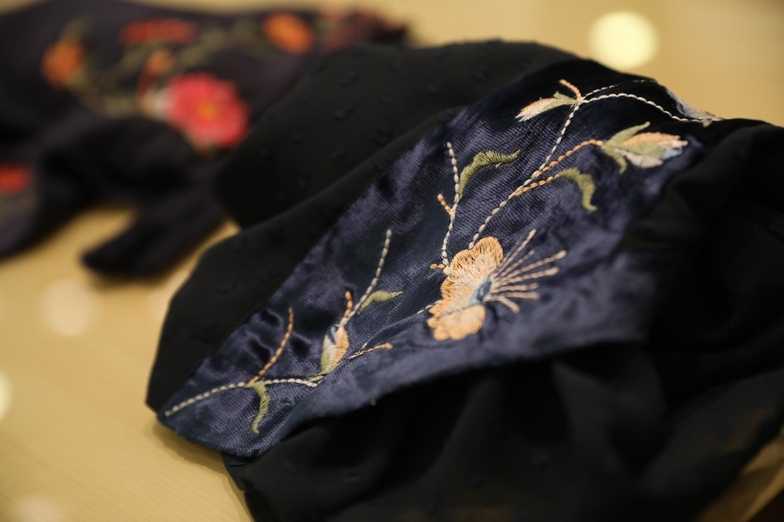
Creating dresses is a rewarding and accessible hobby. With a basic toolkit of fabric, patterns, and sewing supplies, anyone can embark on this creative journey. The time investment in dressmaking varies significantly based on design complexity, sewing proficiency, and available time. While dressmaking is a great hobby, the manufacturers have to look at it in terms of efficiency.
The time it takes to manufacture a dress determines the factory production output on a given day. So, manufacturers are always trying to make the process more efficient and use ways to reduce the time it takes to manufacture a dress. But what are the steps involved? And how long does it actually take to manufacture a dress? Let’s answer both of these questions in this piece.
Understanding the Process of Designing and Making a Dress
For a rough calculation, a simple dress with moderate changes requires at least six hours of creation. However, we need to delve deeper into the process to know the exact time required at every phase.
-
Understanding dress design
A dress is typically composed of a bodice, skirt, and sleeves. Additional elements like lace, ribbons, or beading can enhance its design. Grasping these fundamental components is crucial for successful dressmaking.
-
Sketching and creating patterns
The design process begins with a sketch, translating your creative vision onto paper. This sketch then serves as a blueprint for creating a pattern. Accurate pattern-making is essential for achieving a well-fitting garment.
-
Fabric selection
Choosing the right fabric is vital as it influences the dress's drape, texture, and overall appearance. Consider factors like the dress's intended use, the desired look, and the fabric's care requirements when making your selection.
-
Marking and cutting
Transferring the pattern onto the fabric is a precise task. Pinning and tracing the pattern pieces accurately ensures that the garment pieces will fit together correctly. Careful cutting along the marked lines is essential for achieving a clean and professional finish.
-
Essential body measurements
Accurate body measurements are foundational for creating a well-fitting dress. Key measurements include bust, waist, hips, back width, arm length, and desired dress length. These measurements will guide you in adjusting the pattern to your specific body shape.
-
Sewing and stitching
The foundation of dressmaking lies in mastering essential sewing and stitches. A straight stitch is a workhorse, ideal for most seams. A zigzag stitch is invaluable for preventing fraying. The backstitch reinforces seam beginnings and ends for durability.
-
Hemming and embellishment
Various techniques like rolled hems, double-turned hems, or blind hems can be employed based on the fabric and desired look. Embellishments add personality to a dress. From delicate embroidery to bold trims, these details can elevate your creation. However, balance is key. Choose embellishments that compliment the dress's overall style and avoid overwhelming the design.
-
Ironing and finishing
Ironing is often overlooked but crucial for achieving a polished look. It removes wrinkles, flattens seams, and enhances the garment's overall shape. Consistent and gentle ironing is essential to prevent fabric damage. Apart from the process of making the dress, there are other crucial factors that affect the whole timeline.
Factors Affecting the Time Required for Dressing-making
The complexity of making a dress hinges on several key factors:
-
Sewing Expertise: Beginners will naturally find dressmaking more challenging than experienced sewers. Basic sewing skills are essential for any dressmaking project.
-
Design Complexity: Simple, classic designs are generally easier to tackle than those with intricate details like ruffles, pleats, or elaborate embellishments.
-
Fabric Choice: The fabric's properties significantly influence the sewing process. Stable fabrics like cotton are often beginner-friendly, while delicate fabrics like chiffon require more care and skill.
-
Tools and Equipment: Proper tools, including a sewing machine and essential accessories, can streamline the process. However, it's possible to create dresses with basic hand-sewing techniques.
-
Pattern Usage: Commercial patterns provide guidance and simplify the process, especially for beginners. Creating your own patterns demands advanced pattern-making skills.
Conclusion
A cheeky, complex design can take up to 2 days, but for a simple dress, apparel manufacturers often need only 6-8 hours. With sufficient fashion designing experience and knowledge, you can understand the process quickly and implement your skills to ready a dress. However, the above tips and factors will help to calculate the exact time for the process. For more information about a dress-making timeline and how dresses are manufactured, check out CheerSagar. The experienced manufacturing team can help you develop hundreds of dresses in a single day with complete assurance of quality end product. Check out the website to explore the experience and avail of the services today.
Related Blog
5 Tips For Finding High-Quality Surplus Women’s Wear
Surplus clothing is a great way for shop owners to create a catalogue of branded products that are available at...
Apparel Industry: Factory Floor Layout
On social media, you go above and beyond to ensure that an aesthetically pleasing layout is portrayed, so why...
Surplus Vs. New Production: How India’s Readymade Garments Manufacturers Can Serve UK Retail Demand
Surplus stock can be a matter of significant concern for Indian garment manufacturers. However, thanks to the growth in the...

